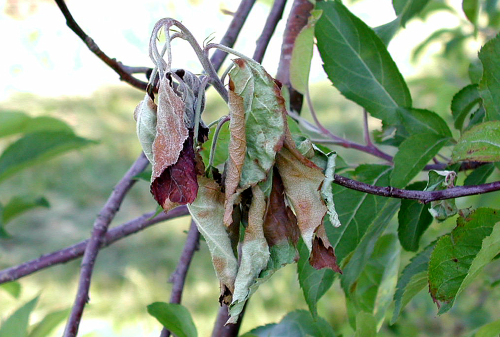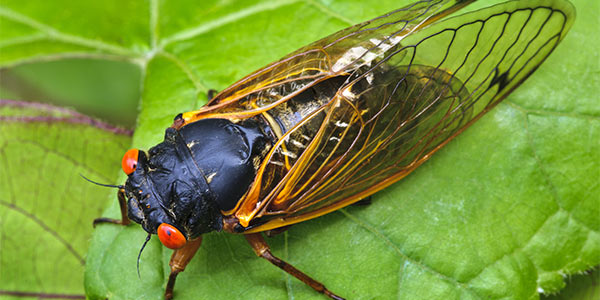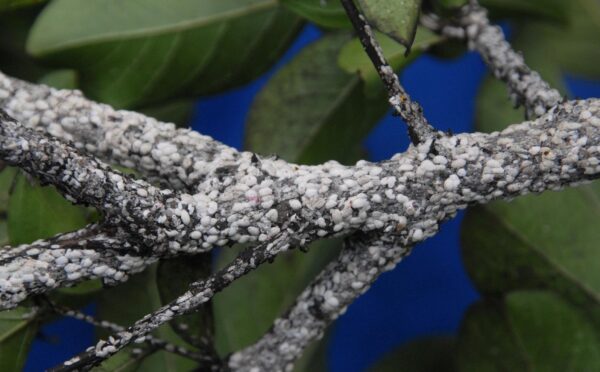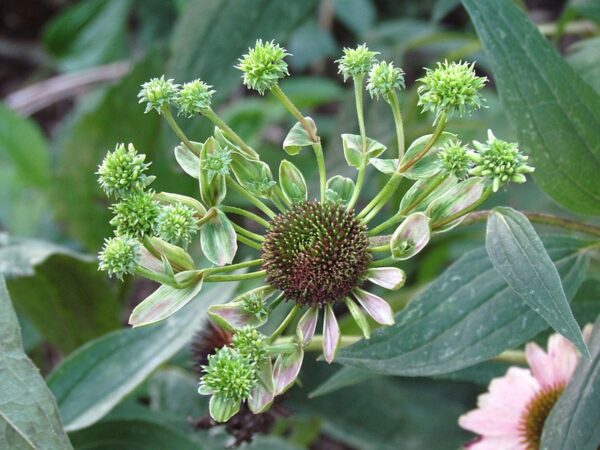Overview on Fire blight
Fire Blight is a destructive, highly infectious, and widespread disease caused by the bacterium Erwinia amylovora. Fire blight attacks blossoms, leaves, shoots, branches, fruits, and roots. The disease affects plants in the Rosaceae family, which includes trees and shrubs in orchards, nurseries and landscape plantings. The plants affected include Amelanchier (serviceberry), Chaenomeles (flowering quince), Cotoneaster (cotoneaster), Crataegus (hawthorn), Malus (apple and crabapple), Prunus (flowering almond, plum and cherry), Pyracantha (pyracantha), Pyrus (pear), Rosa (rose), and Spiraea (spirea).
Initially the disease often enters the tree through natural openings, especially flowers and wounds in the spring. Once established in the tree, fireblight quickly invades through the current season’s growth into older growth. Fireblight can be spread from diseased to healthy plants by rain, wind, and pruning tools. The bacterium can survive the winter in sunken cankers on infected branches. In spring, the bacteria ooze out of the cankers and attract bees and other insects. Insects also help spread the disease to healthy plants. The bacteria spread rapidly through the plant tissue in warm temperatures (65 °F or higher) and humid weather.
Management
During spring and summer, prune out infected branches 8 in. below the damage. Avoid pruning when the plants are wet. Dip pruning tools in 70% isopropyl alcohol (rubbing alcohol) or a 10% bleach solution (1 part bleach to 9 parts water solution) between each cut. Wash and oil shears when you are finished. These practices avoid spreading the pathogen. Avoid heavy nitrogen fertilization, especially in summer, when succulent growth is most susceptible to fireblight infection. Avoid splashing water. Chemical control is not always effective and needs to be applied preventively. Therefore, in years when warm, humid, wet weather coincides with flowering and leaf emergence, spray plants with a fungicide containing basic copper sulfate (Kocide) or an antibiotic (Agrimycin) to reduce infection. Applications of Agrimycin need to begin at the start of blooming and continue every 3-4 days during the bloom period. Application of Kocide should begin at bloom and continue every 7 days during bloom. Re-application following rain may be needed.
There are varieties of these plants that are resistant to the disease; plant one of these varieties instead of a more susceptible variety.
Photos
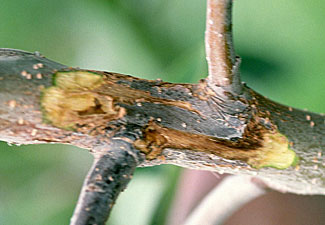
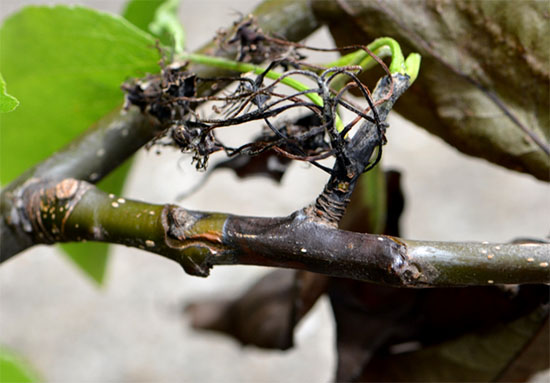
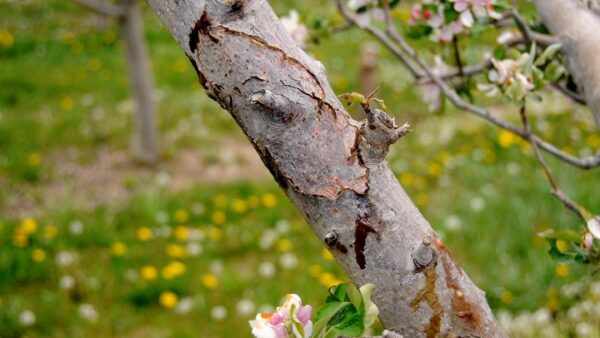
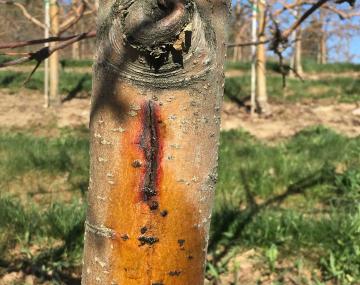
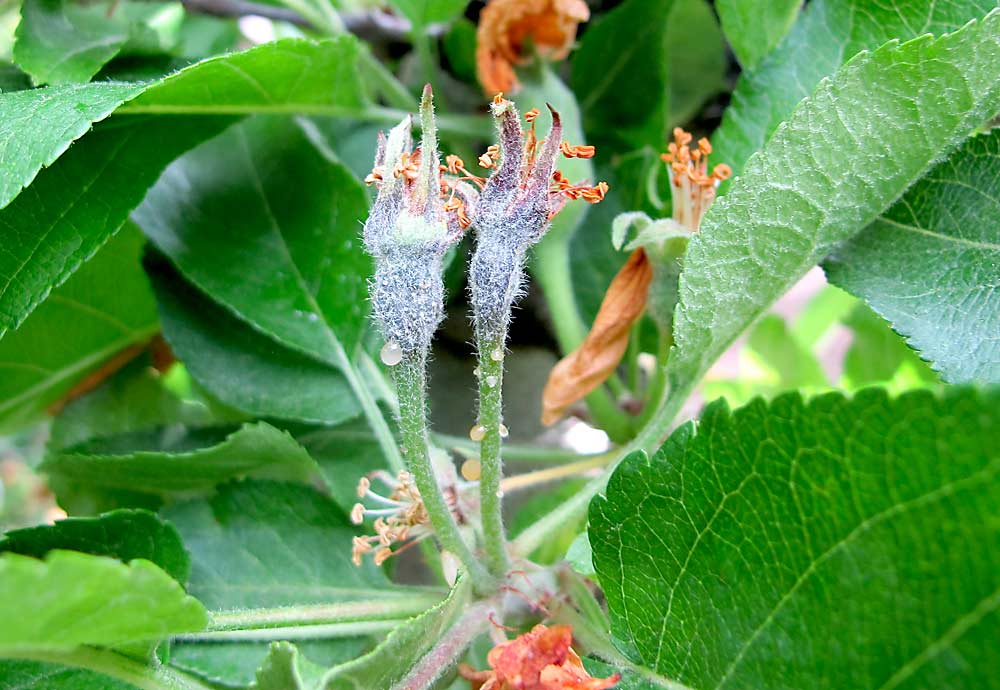
My Comments
I’ve had multiple people bring me samples of Fire Blight this spring. I also had a little on two of my apple tree at home for the first time in years. I believe our wetter and cooler than usual spring has been the biggest problem. We haven’t really had a long hot and dry spell yet this spring. If you are seeing some damage with your fruit trees then I would defiantly cut out the infected parts as best you can. It can be very difficult to control. The bees and insects move the bacteria around pretty easy. This means that if there is an infected tree in the woods around you, the bees can bring the infection back to your trees. I would spray a copper fungicide as a good preventative. This isn’t a 100% fix though. I’ve had to prune my trees at home two different times now and it seems to be getting better. The best thing would be some dry weather to help stop the spread. This is a challenging problem but pay attention to your trees and clean it up when you see any sign. This is the best way to handle it or get a fruit tree that is resistant to it.
References
https://extension.uga.edu/publications/detail.html?number=C871&title=fireblight-symptoms-causes-and-treatment#:~:text=Fireblight%20is%20a%20destructive%2C%20highly,branches%2C%20fruits%2C%20and%20roots.
